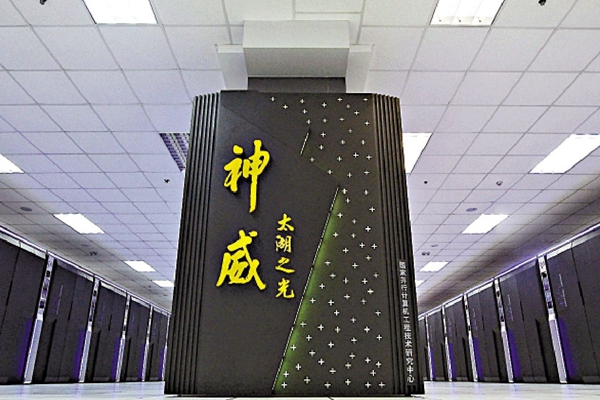State Aid: Commission approves €377 million of French and German aid to develop innovative Airbus X6 helicopter
Commissioner Margrethe Vestager, in charge of competition policy, said: “The French and German support will stimulate considerable private investment in this project. The support will help bring a new generation of innovative heavy helicopters to the market, without causing undue distortions of competition.”
Both France and Germany will provide public support for the development of Airbus’ X6 helicopter project. The support will amount to a total of €377 million in repayable advances granted over a period of eight years (€330 million by France and €47.25 million by Germany).
For the X6 helicopter project, Airbus will undertake significant research, development and innovation to develop an innovative and high-technology civil heavy duty helicopter. In particular, the twin-engine X6 helicopter will have a higher range of action, coupled with improved fuel efficiency, as compared to the current generation of helicopters. It aims to simplify access to platforms in the high seas, and also facilitate search and rescue, as well as humanitarian missions. The project is fully in line with the objectives set by the Europe 2020 flagship initiative for an Innovation Union.
The scope of the X6 helicopter project is such that the associated risks are high and the investments required exceed the self-financing capability of Airbus. The financial markets are also reluctant to finance such an ambitious research and development project for which a return on investment is only expected over a long period.
The Commission assessed the measures under Article 107(3)(c) of the Treaty on the Functioning of the European Union (TFEU), which allows state aid to facilitate the development of certain economic activities, where such aid does not adversely affect trading conditions to an extent that is contrary to the common interest.
The Commission found that:
- support for this project is likely to continue to stimulate further investment in a market that is expected to grow in the next decade, and where competitors continue to invest in order to bring new products to the market.
- the significant exposure of the X6 helicopter project to systemic and atypical risks, due to its high ambition in terms of breakthrough research and innovation, as well as the magnitude of the initial investment necessary to start the project, make self-financing in the absence of public support very unlikely.
On this basis, the Commission concluded that the French and German measures are in line with EU state aid rules, as they will significantly contribute to research and innovation in the EU without unduly distorting competition in the Single Market.
Background
The European Commission adopted in May 2014 state aid rules to facilitate the granting of aid measures by Member States in support of research, development and innovation (R&D&I) activities.
As a result of state aid in this field, companies allocate higher budgets to R&D&I and carry out a more ambitious range of research activities. At the same time, the public money invested in line with the rules supplements and does not replace (“crowd out”) private investment in R&D&I. By increasing (rather than replacing) private investment, new and otherwise unrealised innovative projects can be carried out in Europe. Thus, state aid rules relating to investment in R&D&I help to build and maintain the foundations of a competitive European economy.
The non-confidential version of this decision will be made available under the cases numbers SA.45183 and SA.45185 in the State Aid Register on the DG Competition website, once any confidentiality issues have been resolved. The electronic newsletter “State aid Weekly e-News” lists the most recent state aid decisions published in the Official Journal and on the website.

